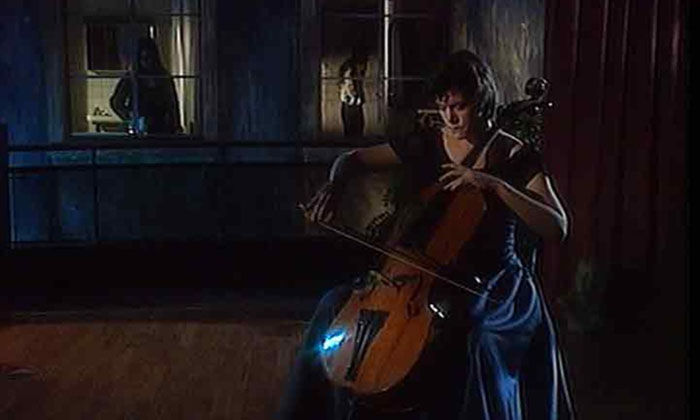

Essentially, it is the Sacherian equivalent of A Hilliard Songbook, for just as the latter would not exist without the Hilliard Ensemble, so too is this album a timeless memorial to a figure whose absence might have effectively erased an entire generation of masterworks.Renaud Capuçon, Daniel Harding, Deutsche Kammerphilharmonie Bremen It is a unique testament to a unique individual, one that unlocks Sacher in a way those of us who will never know him cannot ever experience otherwise. The album is passionately performed, and recorded in clear and present sound. And just when we begin to suspect all possibilities have been exhausted, Pierre Boulez, ever the nonconformist, throws us for a loop with his Messagesquisse for seven cellos, which seems to blend all that came before until smooth.Įven though all of this music inhabits the same landscape, each piece digs up its own relic and turns it into music. This rather enumerative piece makes apt use of the acoustics of the recording space and exploits the incidental sounds of the strings against the fingerboard as a sort of parallel dialogue.


Following this, Heinz Holliger yet again flexes his brilliant compositional muscle with the Chaconne für Violoncello solo. By far the longest piece is Klaus Huber’s Transpositio ad infinitum – Für ein virtuoses Solocello, another compelling delineation of attenuate character and detail. Cristóbal Halffter seems to take a similar tack in his Variationen über das Thema eSACHERe, while Conrad Beck and Luciano Berio opt for a more concise approach that favors melodic dissection over prosody. They are also very “alphabetic” and are perhaps the most committed to the their morphological assignment. Both give us a “conversational” portrait, perhaps reflective of the relationship either composer may have had with the man behind the music, for like a conversation among friends these pieces are fraught with conflict and agreement in equal measure. Of these, Henri Dutilleux’s 3 Strophes sur le nom de Sacher and Witold Lutosławski’s Sacher-Variationen are remarkable. This is followed by a string of vignettes. Its complex narrative and subtle details beg repeated listening. The Capriccio by Hans Werner Henze is among the more cryptic pieces. Geburtstag – Thema und Variationen für Violincello solo is a more somber affair, its flashes of consonance piercing the surrounding dissonant fabric with divine light. Wolfgang Fortner’s Zum Spielen für den 70. To my ears, this is one of the most technically demanding pieces on the album, sometimes requiring the cellist to pluck with the left hand while bowing with the right. Agitated pizzicati scamper like the rodent’s ghost into a dense thicket of trees as the hawk raises calls of revelry and tears its meal limb from limb. But then the prey is spotted, and falls as if pierced by an arrow from its hunter’s very gaze. Each whispered harmonic lifts the bird with the silent power of a thermal. The majestic bird tears at the sky as it would the earth, eliciting a flurry of virtuosic leaps and plucked asides. 2, Op.45 immediately draws us in with its keening melody, crying out like a hawk losing sight of its prey. Originally, the other composers were asked to simply write variations thereof, but their ideas soon developed into full-fledged pieces in their own right. The project was originally spearheaded by Mstislav Rostropovich, but has been recorded here with requisite flair by Thomas and Patrick Demenga.Īt the heart of this project is Benjamin Britten’s Tema, the most straightforward iteration of the Sacher theme. The concept is similar to that of the B-A-C-H motif (Bb= B, A, C, H=B natural), which has been incorporated into works by, among many others, Liszt, Busoni, Pärt, Webern, and Bach himself (see ECM’s Ricercar for a creative juxtaposition of the latter two). For this project, realized in commemoration of his 70th birthday, a choice group of composers were commissioned to write pieces for cello around the so-called “Sacher hexachord,” a tone row derived from Sacher’s name: Eb=E s A C B= H E D= Re.

Without him we wouldn’t have, for example, Bartók’s Music for Strings, Percussion, and Celesta or Stravinsky’s Concerto in D. His wealth and musical acuity led him to commission some of the most defining works of the twentieth century. Sacher (1906-1999) was a Swiss conductor and patron of the arts who championed all of the composers represented in this 2-CD tribute. Now that the album has been with me for fifteen years, it is a name I cannot forget. Recorded June 1993, Kirche Blumenstein, CHīefore first encountering this recording, Paul Sacher was an unfamiliar name to me.


 0 kommentar(er)
0 kommentar(er)
